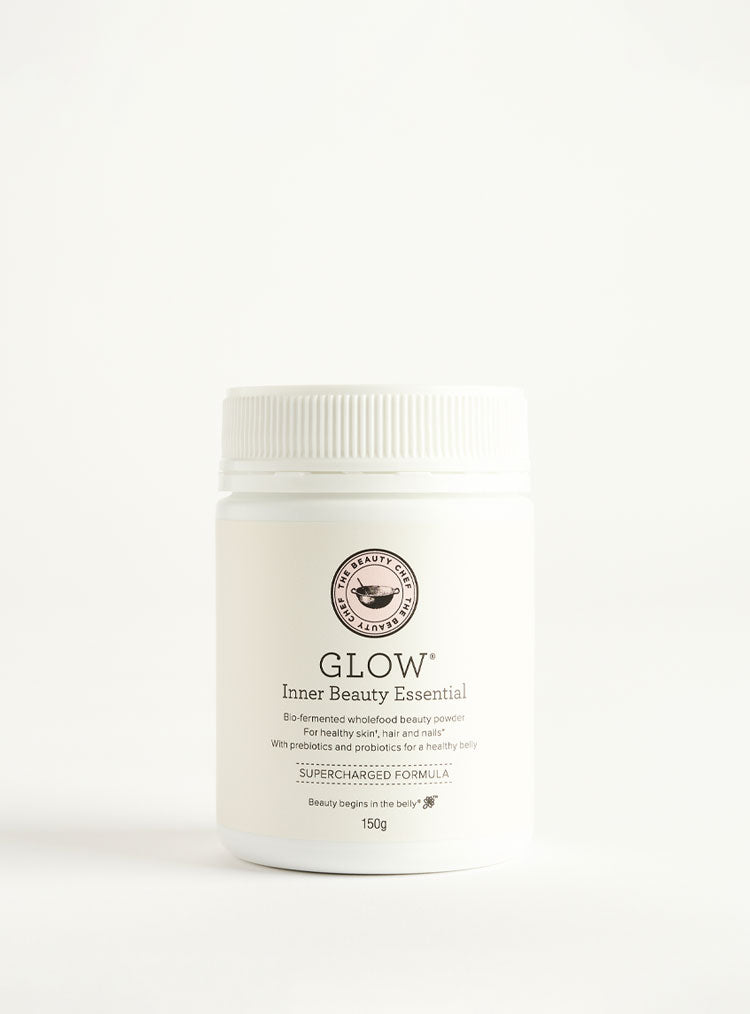
By Carla Oates
When it comes to maintaining optimal gut health, both prebiotics and probiotics are essential. While they have different functions, they work synergistically to help support our gut microbiome—the incredible mini-ecosystem of live microorganisms that live within our digestive tract— as well as our immune system and overall health.
To truly understand the benefits of both prebiotics and probiotics however, it’s first important to understand the complexity and importance of our gut microbiota in general. For example, while traditionally probiotics have been described simply as ‘good ’ or beneficial bacteria, the latest research shows that this view is, perhaps, a little too simplistic. Rather than thinking of our microbes as either ‘good bacteria' or ‘bad bacteria’—we must instead think of them in terms of those we want, those we don’t want (pathogenic or harmful bacteria) and those that are relatively neutral, depending on how they interact with their environment. And, most importantly, for a healthy gut—as well as glowing skin—we need a diversity of gut flora to thrive!
What Are Probiotics?
Probiotics are the live bacteria or that we can consume—either through probiotic foods or supplements—which help to support not only our gut health, but our immune function and overall wellness as well.
There is also a growing body of research linking certain species and strains of probiotics to a myriad of health and skin benefits. Lactobacillus, Bifidobacterium and Saccharomyces, for example, are now widely supported to be beneficial in the treatment of skin conditions.
But, despite their health benefits, there is also no perfect probiotic profile or strains of bacteria that are suited to everyone which is why taking a probiotic pill or probiotic supplement (consisting of just one or two species or strains) is arguably not so great for your microbiome. Instead, the best thing you can do is eat a nutrient-dense, balanced diet including probiotic-packed fermented foods which are naturally rich in a variety of species and strains of healthy bacteria. Good food sources include sauerkraut, kimchi, kefir, miso, natto, tempeh and yoghurt (and The Beauty Chef products!)—which all contain an abundance of gut-friendly probiotic bacteria.
What Are Prebiotics?
If you think of your gut as a garden, prebiotics are akin to fertiliser, helping to nourish and feed the beneficial bacteria in the gut, encouraging their proliferation while also helping to reduce levels of pathogenic gut bacteria in our digestive system.
Prebiotics are the non-digestible plant fibres that are resistant to digestion, passing through the stomach and small intestine to be metabolised by bacteria in the large intestine, or colon. As you can see, prebiotic foods are also essential for digestive health as without adequate prebiotic intake, your beneficial microbes may not receive the nourishment they need to thrive.
Soluble prebiotic fibre is particularly good for our gut health as when soluble fibre is metabolised by bacteria and fermented in the colon, the by-product of this fermentation is the production of short-chain fatty acids—such as butyrate, propionate and acetate. These anti-inflammatory compounds are essential for our immune health and brain health as well as our gut health—helping to improve intestinal barrier function and prevent side effects like constipation. While you can purchase specific prebiotic supplements, prebiotic rich foods like fresh fruits, vegetables (such as garlic, onions, Jerusalem artichokes and leeks which all contain inulin) and legumes are all good sources!
Interestingly, in the Western world, our dietary fibre intake is much lower than that of people who live in un-industrialised regions, with some rural communities in Africa incorporating up to seven times more fibre into their diets. While a lower fibre intake is not only thought to be linked to less microbial diversity in the human gut, as we explain in The Beauty Chef Gut Guide, “Pre-clinical research also shows that when microbes are starved of fibre, they may feed on the protein found in the mucosal lining of the gut, triggering inflammation and gut-related diseases.”
As you can see, both prebiotics and probiotics play an integral role in our gut health and overall wellbeing—and it’s this synergistic relationship between the two that we embrace at The Beauty Chef. By harnessing the power of fermentation, our inner beauty powders are rich in both prebiotics and probiotics (or synbiotic) to holistically support your health, beauty and wellbeing from the inside, out.




